The RMS Titanic (Royal Mail Ship) was the largest and most magnificent ship of its time and was built in Belfast for the "White Star Line". Two sister ships were also built, the RMS Olympic and HMHS Britannic. In the hull of the Titanic there were 15 bulkheads. These transverse walls divided the ship into watertight areas. Since this ship was (according the press) believed to be practically unsinkable, not enough lifeboats were brought on board.
Sinking of Titanic (Ship) (1912 to 1912)
Back"Titanic" the synonym for a catastrophe
The sinking of the Titanic on April 15th 1912 was a tragic event which costs the live of almost 1500 people. The ship was built in Belfast for the "White Star Line" and had the reputation of being almost unsinkable. The number of lifeboats were by far not enough to save all people in board in case of an emergency. RMS Titanic was at that time the most luxurious cruise ship and state of the art in terms of comfortable traveling.
The ship started her maiden voyage from Southampton to New York. The first days went fine but on the 14th the crew received ice warnings by radio. However, Captain Smith ignored these warnings and did not lower the speed. Tragically Titanic hit an iceberg and came to a halt. The ship was lost and began to sink. After some time, the rescue operation began. Woman and children were first allowed to enter the lifeboats. Only about 700 people were saved and picked up by the Carpathia. All other people from the Titanic died either in the cold seawater or on the sinking ship.
A class of it own (1912)
The Titanic was very luxuriously equipped and intended to attract the rich and beautiful. The second class was also built above the standard of that time. Even in the third class, passengers could enjoy bathrooms and toilets. Passengers in first class travelled for fun for business reasons. In third class were mainly emigrants who wanted to begin a new life in America free from poverty and oppression.
Maiden Voyage (1912)
On 10 April 1912, the Titanic set off on her maiden voyage from Southampton in southern England. In France and Ireland passengers were still rising. On 11 April, the ship set off across the Atlantic towards New York. On board were over 1300 passengers and almost 900 crew members.
Ice Warnings by Radio (1912)
When the ship arrived in the North Atlantic, the crew received repeated ice warnings by radio. For that reason, the captain swerved a little to the south. On 14 April at 23.40 hrs, the watchman saw an iceberg directly in front of the bow. An officer ordered engines to stop and reverse. However, 37 seconds after the warning, the Titanic struck the iceberg.
Titanic Struck an Iceberg (1912)
The ship had sprung a leak in 6 places and hit 5 bulkheads. If only 4 bulkheads had been affected, Titanic would have been able to stay afloat. The sea was very calm and first the passengers did not realise that catasprophy was coming up.
Resuce Operations Began (1912)
25 minutes after the collision the rescue operation with the lifeboats began and radio calls for help were sent. There were only 20 lifeboats on Titanic. The first few boats were not completely filled with passengers. The last ones were overloaded and threatened to capsize. Altogether 18 lifeboats were used. Two got lost or were damaged. Most of the rescued were from the first and second class. Passengers in third class, who were quartered below, did not reach the deck as quickly and were partly still prevented from coming up.
The Singking (1912)
At 02.15 the Titanic sank and broke in two. Almost 1500 people died, including Captain Smith. According to the reports of the survivors, the cries of the doomed were very loud and frightening. They could not be helped and the first rescued, who were in half-empty boats, did not return to the rescue. They feared to be torn down by the desperate people in the freezing cold water.
RMS Carpathia came to rescue (1912)
The next ship, the Carpathia, was 93 km away at the time of the sinking. The ship reached the scene of the accident at about 4 o'clock and recovered just over 700 survivors. On the evening of April 18, 1912, the Carpathia arrived in New York Harbor, expected by thousands of people in Battery Park and at Cunard Pier. For quite some time, the crew members of the Carpathia were celebrated as heroes in all ports the ship sailed to.
Inquiry in US and Britain (1912)
There was a total of 18 days of official investigation. The subcommittee's report was presented to the United States Senate on May 28, 1912. Its recommendations, along with those of the British inquiry that concluded a few months later, led to changes in safety practices following the disaster.
The Wreck on the Bottom of the Atlantic (1912)
The wreck of the RMS Titanic lies at a depth of about 12,500 feet (3.8 km; 2.37 mi), about 370 miles (600 km) south-southeast off the coast of Newfoundland. A debris field around the wreck contains thousands of items spilled from the ship as she sank.
Wreck was discovered (1985)
In 1985, the wreck was finally located by a joint French–American expedition led by Jean-Louis Michel of IFREMER and Robert Ballard of the Woods Hole Oceanographic Institution. The wreck has been the focus of intense interest and has been visited by numerous expeditions. Controversial salvage operations have recovered thousands of items, which have been conserved and put on public display.
Titanic the movie (1997)
A "Titanic" version has become firmly etched in the cultural memory of mankind: James Cameron's "Titanic" epic starring Kate Winslet and Leonardo DiCaprio as tragic lovers. Almost 15 years after its premiere, the $250 million film was once again released in 3-D.
It was a gigantic undertaking when the perfectionist Cameron got involved in the most detailed filming of the ship disaster possible.
The director dived several times into the depths of the North Atlantic to study the wreck. He then had the Titanic replicated in Mexico. The shooting took months and the costs got out of hand.
Embedded Videos
Top 10 Bone-Chilling Titanic Facts
Saving the Titanic | Full Documentary
Eva Hart speaks about her memories of the Titanic . . survivor interview
Titanic: The Facts Told By Real Survivors | British Pathé
The Last Seven Titanic Survivors Tell Their Story (1997 REMASTER)
Titanic Archive - 1957 First Hand
The Most Unseen & Rare Photos of the Real Titanic | Slideshow | The Real Jack Dawson?
Mystery of the Disappeared Bodies of the Titanic
Titanic: The Final Word with James Cameron- National Geographic
Top 10 Things Titanic Got Factually Right & Wrong
Why can't the Titanic be recovered from the bottom of the ocean
Titanic wreck HD
Virtual Tour of the Titanic *Updated Version* (Slower and Smoother) Titanic: Honor & Glory Demo Tour
Titanic: Honor & Glory | Sinking Demo Completion
Titanic II
Waking the Titanic (Titanic Documentary) | Timeline
Titanic sinks in REAL TIME - 2 HOURS 40 MINUTES
Titanic - My Heart Will Go On (Music Video)
Comments & Conclusions
The myth is justified
The disaster of the "Titanic" was one of the worst in the history of civil shipping. These are some of the reasons why exactly this sinking became so famous.
- The press had hailed the ship as practically unsinkable. With the new technology of the bulkheads, it was believed that not much more could happen.
- However the ship sank on its maiden voyage and had already had a near collision on the departure with the "New York". In the narrowed fairway, the suction of the propeller of the "Titanic" had such a strong effect on the mooring lines of the "New York" that they broke and the ship broke loose. On the last few meters a collision of the outgoing "Titanic" with the "New York" could be prevented. This was already seen as a bad omen.
- There were heroes who died because they gave way to women and children to the lifeboats and there was Joseph Bruce Ismay. He was the director of the White Star Line and made it (as a man) into a lifeboat. However, this cost him his reputation as it was also believed that he was pushing Captain Smith, who was on his last voyage before retirement, to speed up.
- 1898 saw the publication of "Futility", a novel by Morgan Robertson, which described parallels to the sinking of the "Titanic" in an amazing way: The ship was called "Titan", was similar in size to the "Titanic" and sank in the North Atlantic after colliding with an iceberg and had too few lifeboats.
- Because there were many rich people on the first voyage, the glamour factor was much higher than usual. The Olympic class ships were very luxuriously equipped compared to others.
The greatest ship disaster in human history to date was the sinking of the Wilhelm Gustloff during the Second World War.
Simultaneous events, periods or persons of Sinking of Titanic (Ship)
| Persons/Events/Periods | Subcategory | From | To | Reason of importance |
|---|

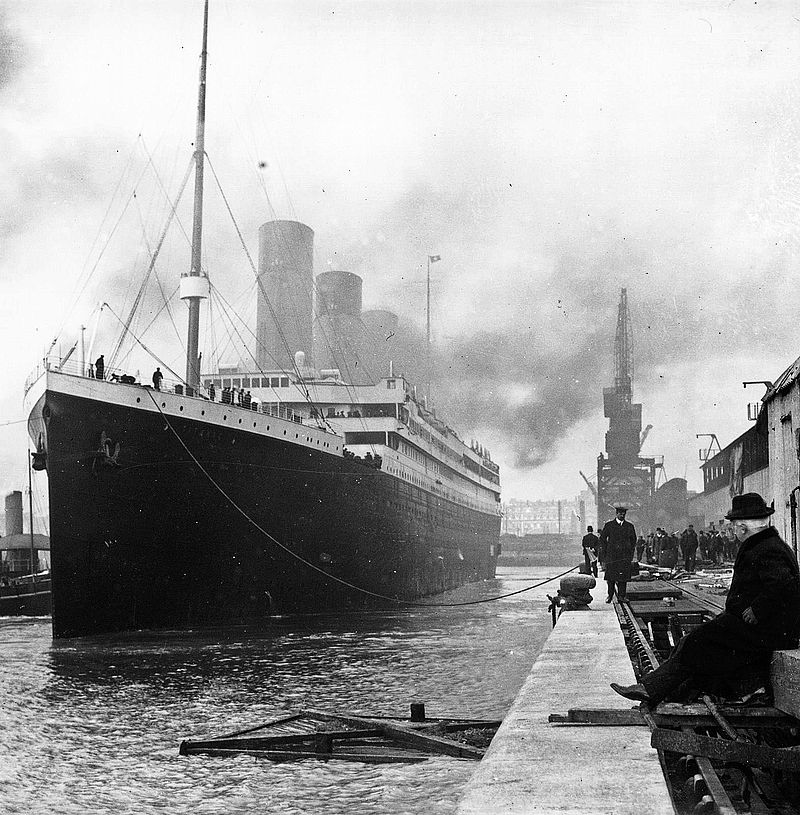

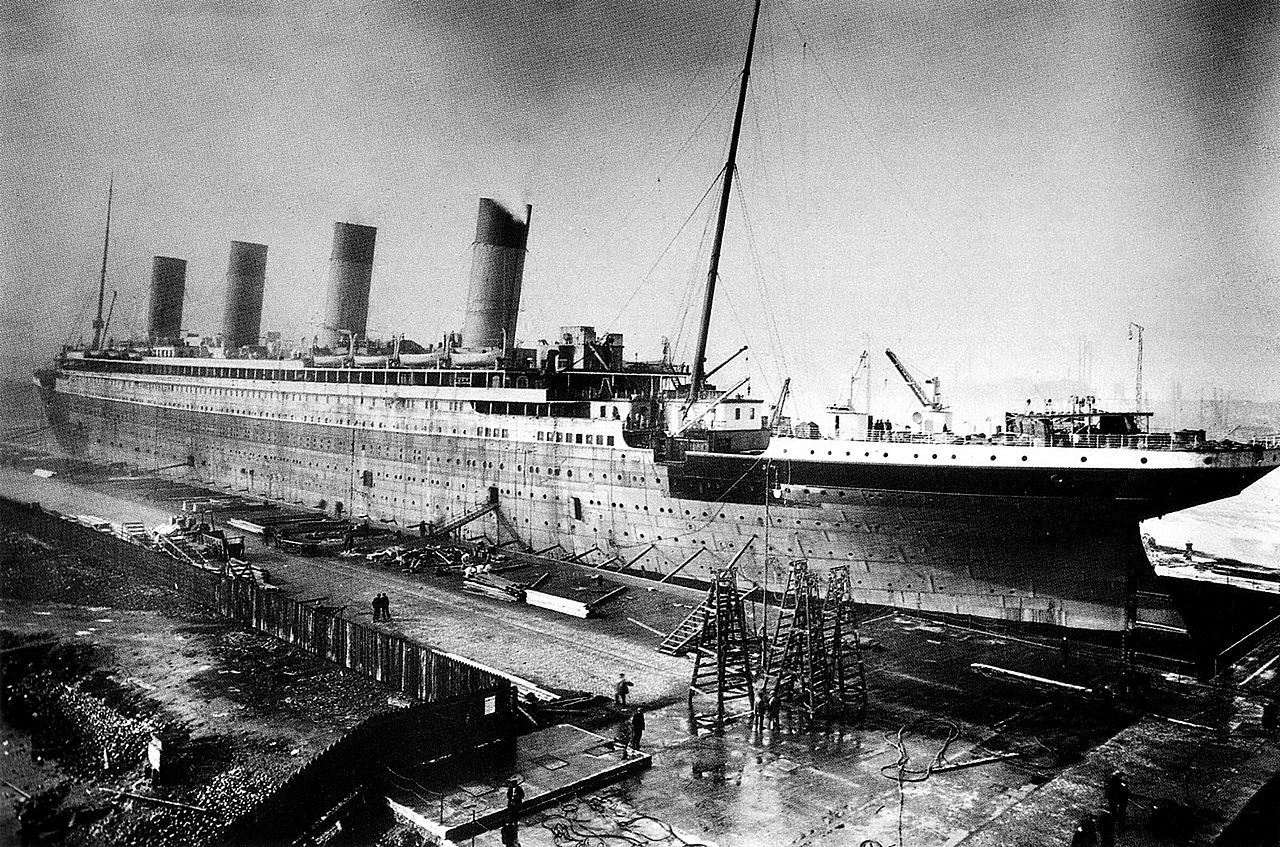
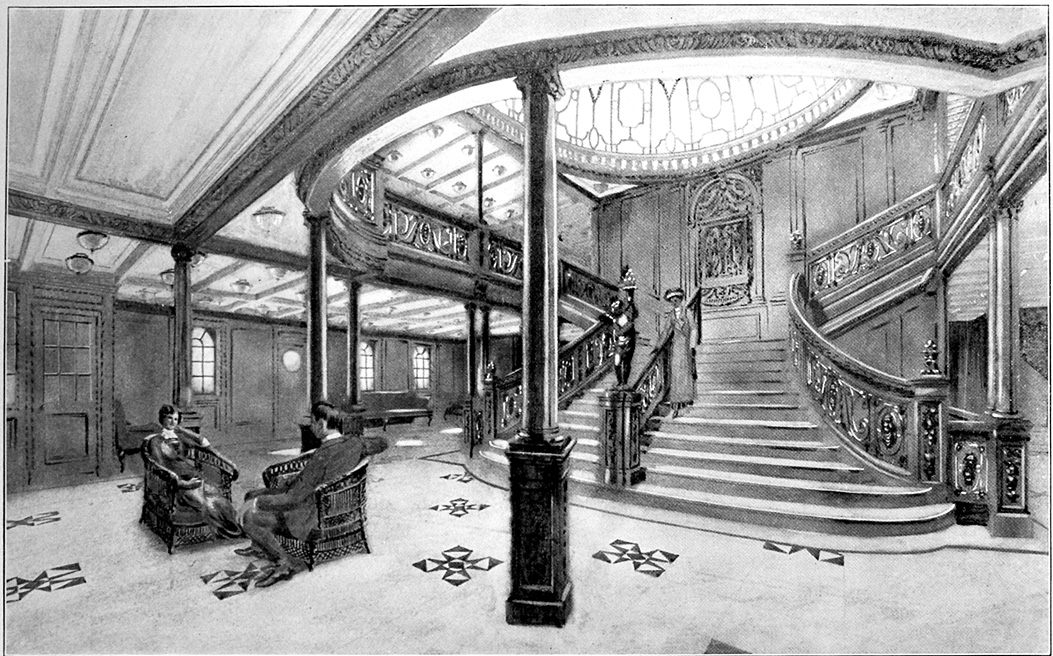
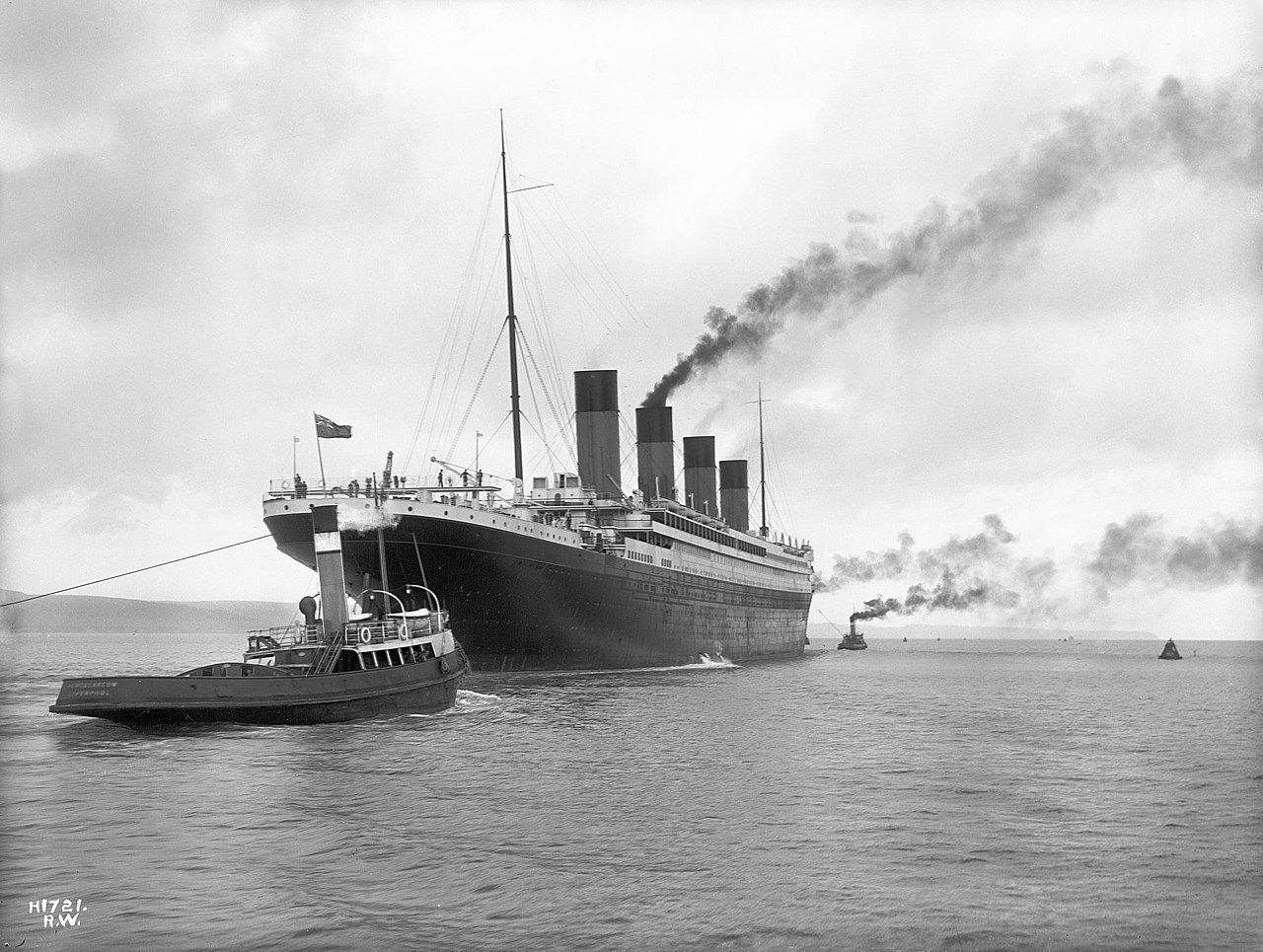
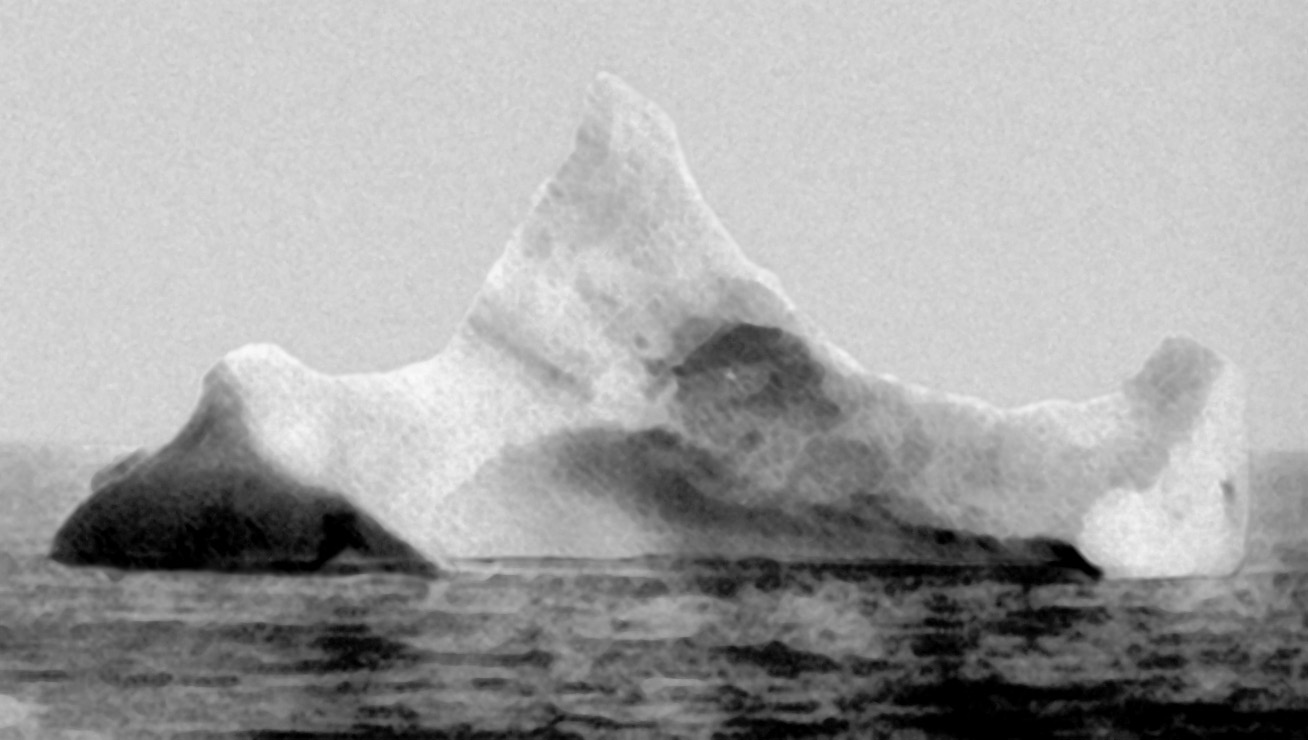

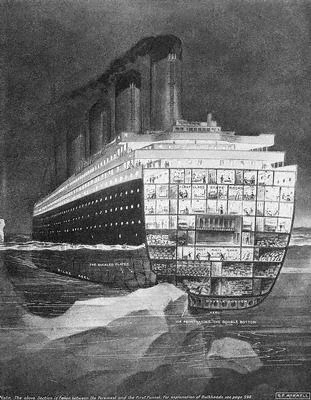
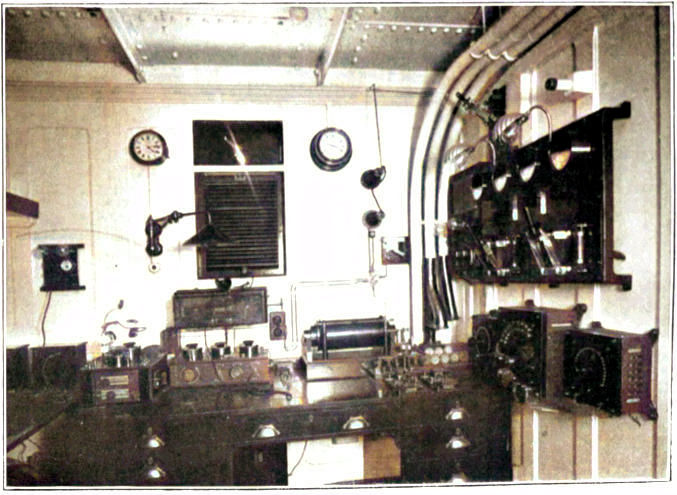
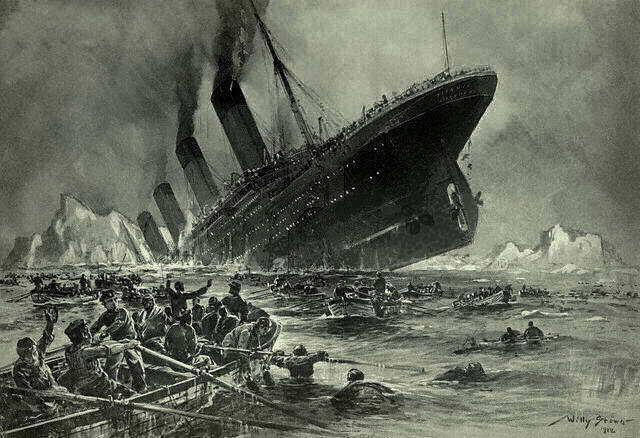
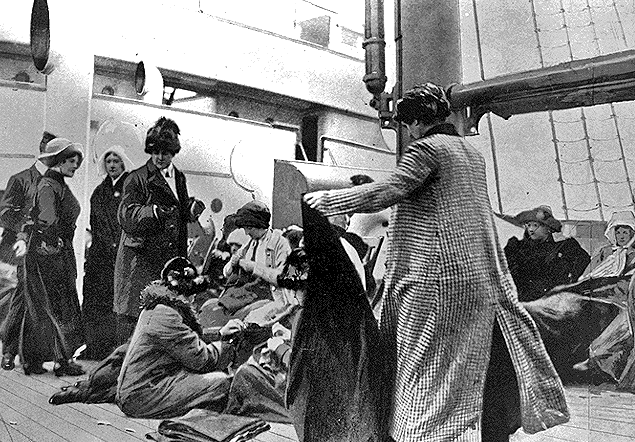
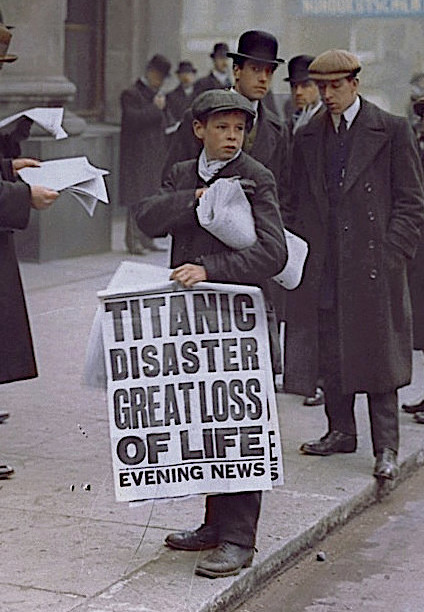
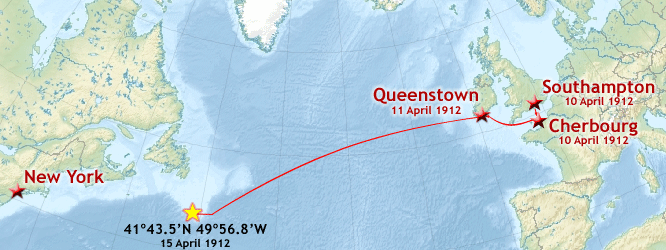
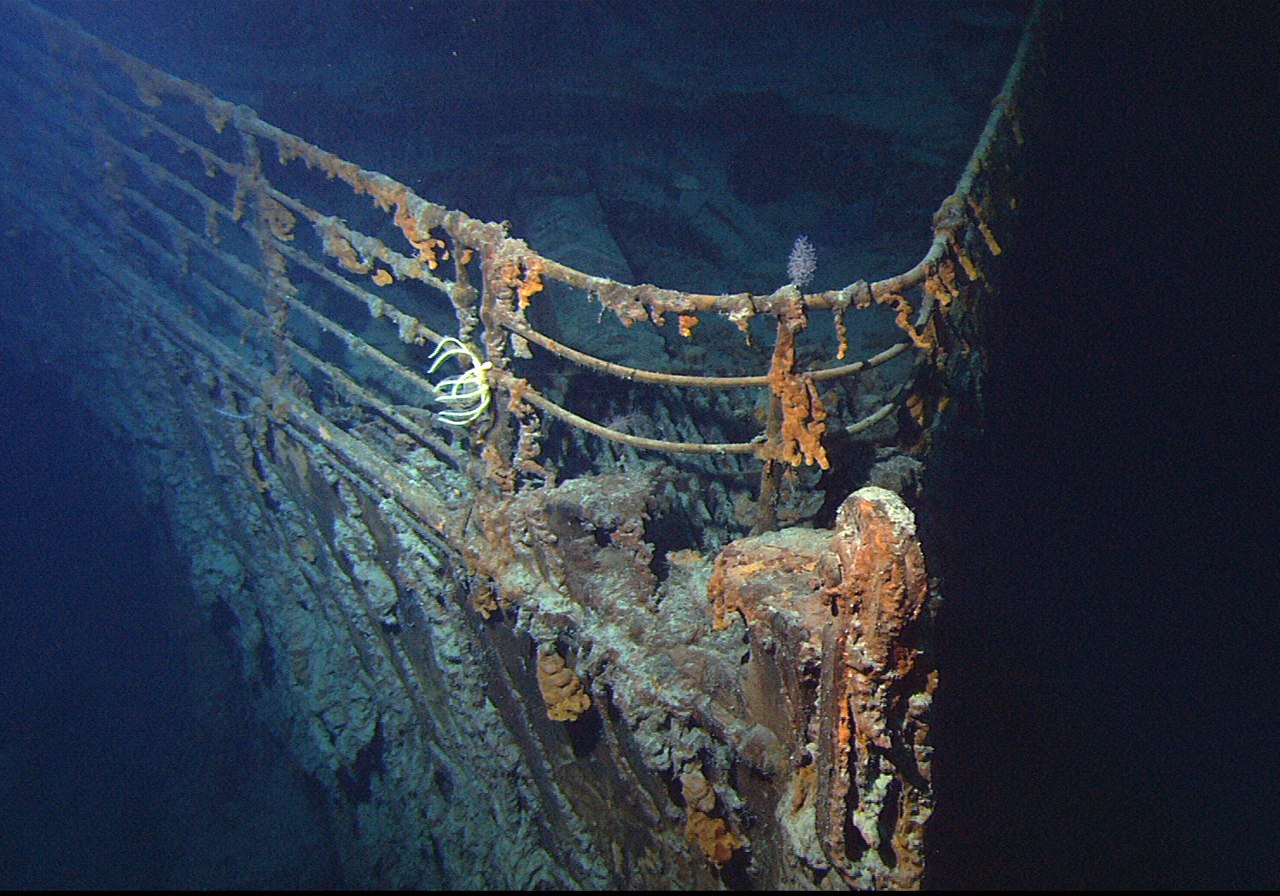
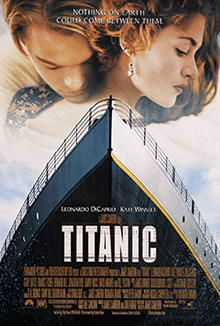

Comments
Links